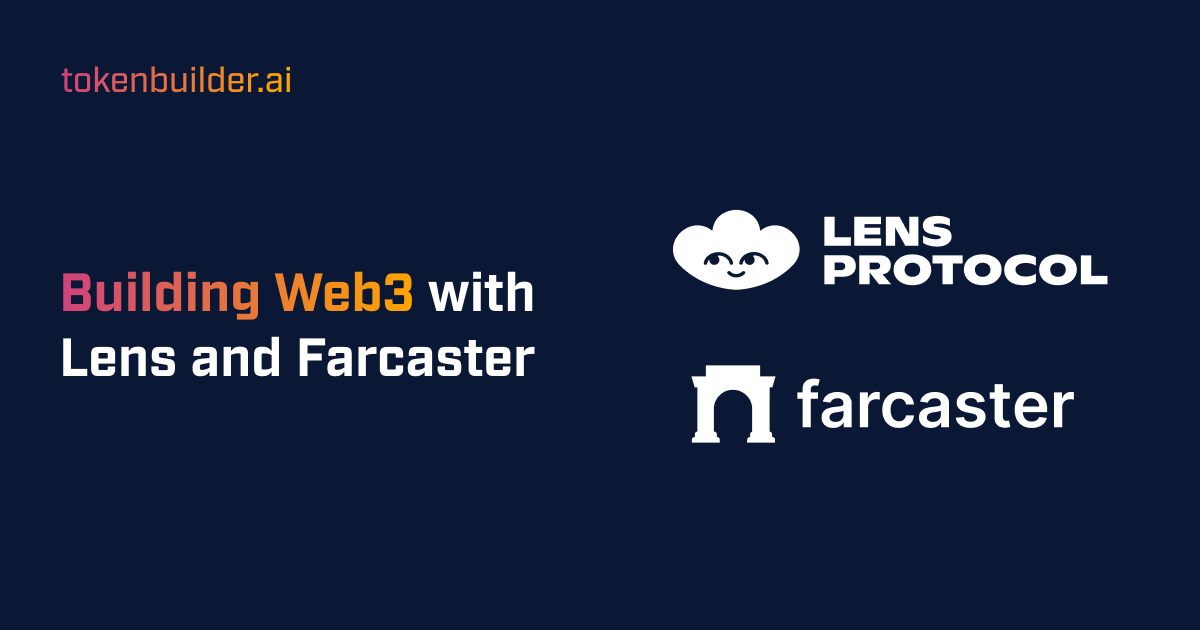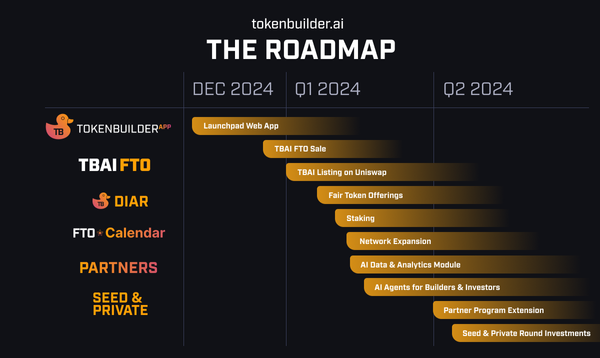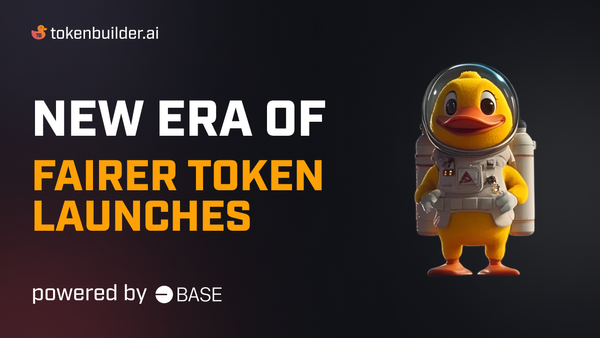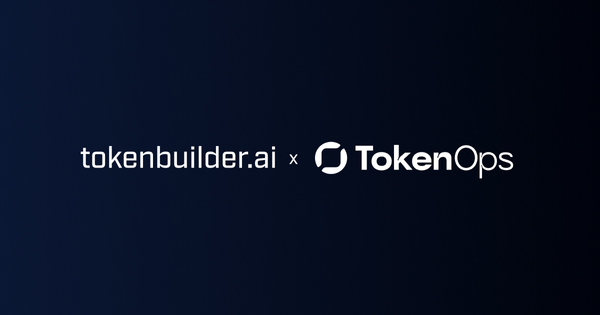Building Web3 with Lens and Farcaster

Brief History of the Internet
The internet began with protocol networks, otherwise simply known as protocols, freely accessible by anyone, anywhere, anytime. Examples include the worldwide web, HTTP, and email. These were engineered and architected to be democratically controlled.
A perfect example from today is a newsletter. By posting a newsletter, you control your relationship with your audience. You can choose different newsletter providers, such as Mailchimp or Substack, but ultimately you are in charge of the connection with your readers and that won’t change based on the newsletter service you choose.
This democratic relationship was brought to an end with the advent of corporate networks. Notable examples include Meta, Twitter, Google, and TikTok. These networks provide powerful services to end users, always characterized by an intuitive and impeccable UX. Tech juggernauts provide useful, flawless, and free services to people around the world.
However, this came at a cost. In exchange for these services, we handed them unparalleled power and access to all our data. The problem is that this data is owned by the corporate networks. End users are unable to export their social graphs from social media networks, such as Facebook or Instagram, and take them elsewhere. They are property of the networks and this centralized control extends to all facets of our digital life. This Faustian bargain has cost our individual freedom dearly, while enriching these corporate networks greatly.
The Answer: Blockchain Networks
In his book 'Read, Write, Own,' Chris Dixon explains that the architecture and design of internet services have significant downstream effects on control, finances, and other crucial aspects of how these services operate.
Therefore, we must be very careful to avoid making the same mistakes again. We are presented with a novel opportunity, as blockchains are a new building material for bringing new, democratic, and sovereign internet services to life. Blockchains represent the ideal locus for builders, innovators, and entrepreneurs to build new internet services that return the internet to its original ideals as an open and democratic network.
Native Web3 social networks have spawned and the rate of innovation is unprecedented. The most famous of which are Lens and Farcaster:
- Lens is a composable and decentralized social graph protocol owned by Aave. It allows developers to build their own social media experiences, but everyone's data and connections are interoperable. You can post on one Lens-powered app and it shows up on others.
- Farcaster is a decentralized social protocol emphasizing trust. Because users sign messages with their crypto wallets, it's much harder to spam or create fake accounts. This can lead to higher quality interactions.
Problem: Onboarding Proliferation
Nowadays, Web3 projects have to carry out onboarding for all kinds of services. Depending on the kind of platform or service provider, the onboarding experience will vary greatly and so will the information asked of these projects. The result is that projects have to spend precious time filling out extensive onboarding applications, which could be better used for concentrating on building and shipping new features.
Crypto is known for suspicious behavior on-chain from malicious actors looking to take advantage of people. Scams and rug pulls occur daily. So it’s only natural for service providers to carry out exhaustive due diligence and background checks on Web3 projects wishing to access and enjoy their services.
Solution: Web3 Logins
TokenBuilder aims to solve this issue for crypto projects by creating the ultimate Web3 Project Account solution. That said, there will be more on this coming soon.
For now, we are excited to share with you the initial Web3 login, starting with Lens and Farcaster, as our first step towards building a spam and scam-free platform for the future. Projects will become members, thereby accessing the plethora of services offered by our partners in the Partner Hub, by logging in with Lens or Farcaster. No other way.
We see a unified, project account solution as the only means to tackle onboarding proliferation. Kickstart the process by setting up an account on Lens or Farcaster, and becoming a certified TokenBuilder member. Some of the benefits associated with Web3 logins include:
- Ownership and Control: Web3 logins are usually powered by crypto wallets. This means you truly own your data and digital identity. Traditional social logins (Facebook, Google) give those companies significant control over your data, where it's stored, and how it's used.
- Data Portability: With Web3 logins, your social graph, content, and reputation can move with you between platforms. If one platform doesn't work out, you're not starting from scratch on a new one. This prevents "vendor lock-in."
- Censorship Resistance: Decentralized platforms offer greater censorship resistance than centralized social media giants. As there's no single point of control, it becomes harder to suppress or delete your content.
- Potential for Monetization: Web3 platforms provide better mechanisms for creators to directly monetize their content and audiences without relying on algorithms or the whims of a central authority.
Projects should set up an account on native, Web3 social media platforms for some obvious reasons:
- Simplified Login: Using services like Lens means less development time spent building login flows. Users connect instantly with their wallets.
- Interoperability: Building on protocols like Lens or Farcaster means your platform immediately gains access to a wider network of users and potential content.
- Web3 Native Audiences: Users utilizing these logins are more likely to be early adopters and deeply invested in Web3 principles.
- Innovation: Tapping into decentralized protocols allows for experimentation with new types of social interactions, reputation systems, and content monetization models.
While the future looks bright for Web3 logins, we are talking about a new innovation. We are only at the beginning and such logins still cater only to crypto-natives, as they require more technical understanding than traditional ones. If we want Lens or Farcaster to rival current social media behemoths, such as Facebook or Tiktok, improving the onboarding process for wider audiences is pivotal.
We are the start of a new movement, centered around democratization, decentralization, sovereignty, and individual empowerment. Decentralized protocols will take time to build network effects that rival centralized giants. At this stage decentralized social media solutions need to prioritize strong communities and incentives. This is a marathon and the race has only just begun.



